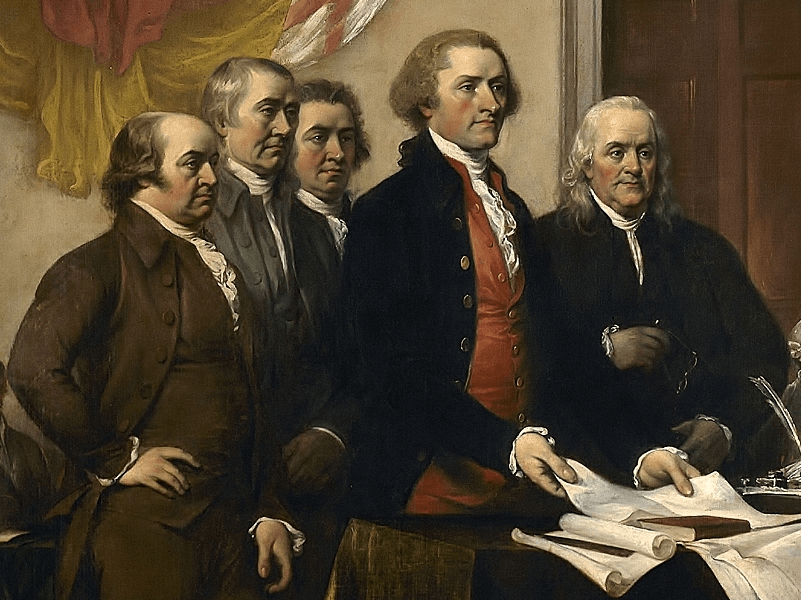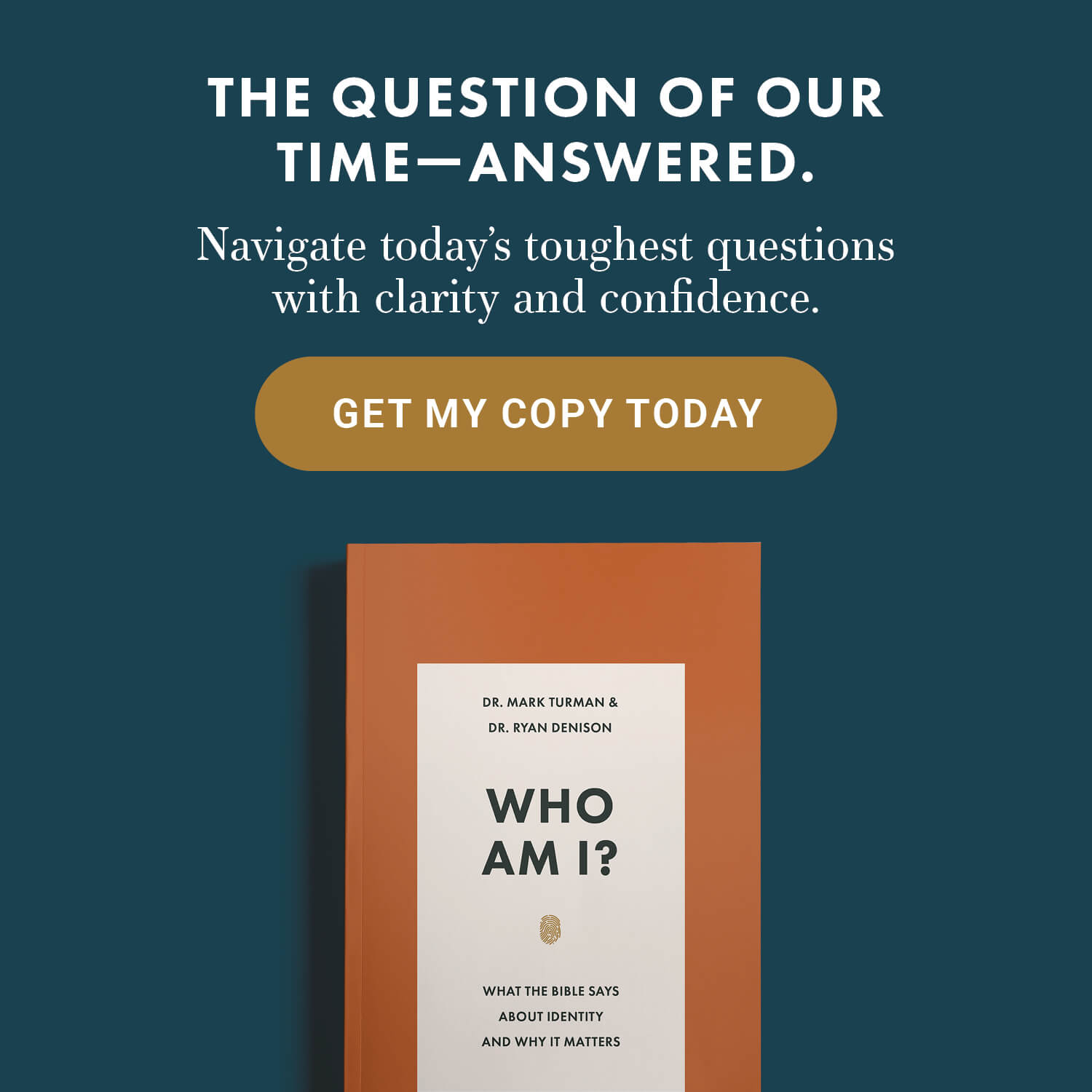
The Committee of Five present their work, June 1776, detail of John Trumbull's 1819 painting Declaration of Independence. By John Trumbull - US Capitol, Public Domain, https://commons.wikimedia.org/w/index.php?curid=40929888
In a symbolic quirk of history, John Adams and Thomas Jefferson died on the same day—July 4, 1826, the fiftieth anniversary of the adoption of the Declaration of Independence.
But the truly remarkable aspect of their final years, the part that speaks to us across the centuries, is a lesson in friendship and forgiveness.
Adams and Jefferson first met as delegates to the Continental Congress, and they worked together on the committee to draft the Declaration. Jefferson, at Adams’ urging, wrote the first draft. As diplomats, they helped bring France in on the Americans’ side in the Revolutionary War.
Theirs was an unlikely friendship. Jefferson was an aristocrat; Adams came from common stock. Jefferson was tall and thin; Adams was short and stout. Jefferson was reserved; Adams was hot-tempered.
“These two men were so different from each other,” Gordon S. Wood wrote in Friends Divided. “How could they ever have become friends?”
Politics drove them apart
Over the years, they wrote 380 letters to each other. But there was an eleven-year period when they didn’t correspond at all. The rise of political parties helped drive them apart.
Adams was a Federalist who admired the English style of government; Jefferson was a Democratic-Republican who supported the French Revolution. In 1796, Adams narrowly defeated Jefferson to win the presidency. Under the law at the time, Jefferson became vice president, but Adams rarely consulted with Jefferson because of their political differences.
Then in 1800, Jefferson defeated Adams in one of the most acrimonious presidential elections in history. Adams angered Jefferson by appointing a number of his political opponents to office before leaving the presidency. On Jefferson’s inauguration day, Adams slipped out of Washington early in the morning to return to his home in Massachusetts.
Friendship brought them back together
A mutual friend, Benjamin Rush, helped facilitate their reconciliation. Jefferson made clear in a letter to Rush that he wanted to renew his friendship with Adams.
Adams, on his part, was delighted at the prospect. “I always loved Jefferson, and still love him,” he said.
Adams sent Jefferson a letter dated January 1, 1812, wishing him many happy new years to come. Jefferson responded with a kind note. They decided what united them was more important than what divided them and resumed their correspondence.
They exchanged 158 letters over the next fourteen years, with most of the letters written by Adams. Jefferson, an international celebrity, received a much greater volume of correspondence from around the world.
They wrote each other about many topics, personal and political, including the growing division in the country.
“I look back with rapture on those golden days when Virginia and Massachusetts lived and acted together like a band of brothers,” Adams wrote Jefferson in 1825.
A year later, Adams died on Independence Day. Legend has it that his last words were either “Thomas Jefferson survives” or “Thomas Jefferson still lives.”
Actually, Jefferson had died five hours earlier.
Adams was ninety; Jefferson was eighty-three. In their old age, they set an example for our times about setting partisan differences aside in the interest of friendship.











